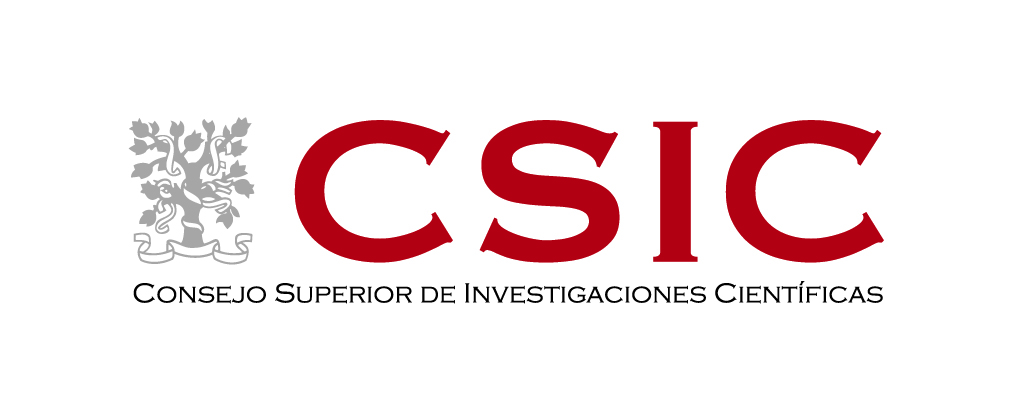A crucial mechanism for multicellularity is highly conserved in closest unicellular relative of animals
Science is full of SHEroes whose passion, work and creativity inspired Evolutionary Biologists of today.
As part of our commitment with society, the Institute of Evolutionary Biology (IBE, CSIC-UPF) wants to give credit and visibility to the achievements of female scientists in evolution.
To that aim, we launched the campaign #WhoisyourSHEro to share stories of women who had an impact in our researchers' scientific career through our social media and website.
The campaign keeps on moving as more and more women in evolution are inspiring the IBE community.
You can join the conversation through social media under the hashtag #WhoisyourSHEro.
With the collaboration of the Spanish Foundation for Science and Technology - Ministry of Science and Innovation.
 |
A crucial mechanism for multicellularity is highly conserved in closest unicellular relative of animals
A crucial mechanism for multicellularity is highly conserved in closest unicellular relative of animals
IBE Researchers led by Iñaki Ruiz-Trillo have identified that a unicellular relative of animals undergoes a transient stage resembling an epithelium tissue.

The process, observed during coordinated cellularization of the protist Sphaeroforma arctica, resembles cellularization of coenocyte in animals, a specialized form of cytokinesis that results in the formation of a polarized epithelium during early embryonic development. Researchers have shown that the polarized layer of cells in Sphaeroforma arctica relies, as in animals, on an actomyosin network to hold the transient structure and that the temporary stage goes in hand with the activation of genes involved in cell adhesion.
Reference article: Dudin O, Ondracka A, Grau-Bové X, Haraldsen AAB, Toyoda A, Suga H, Bråte J, Ruiz-Trillo I. A unicellular relative of animals generates a layer of polarized cells by actomyosin-dependent cellularization. eLife 2019;8:e49801.
